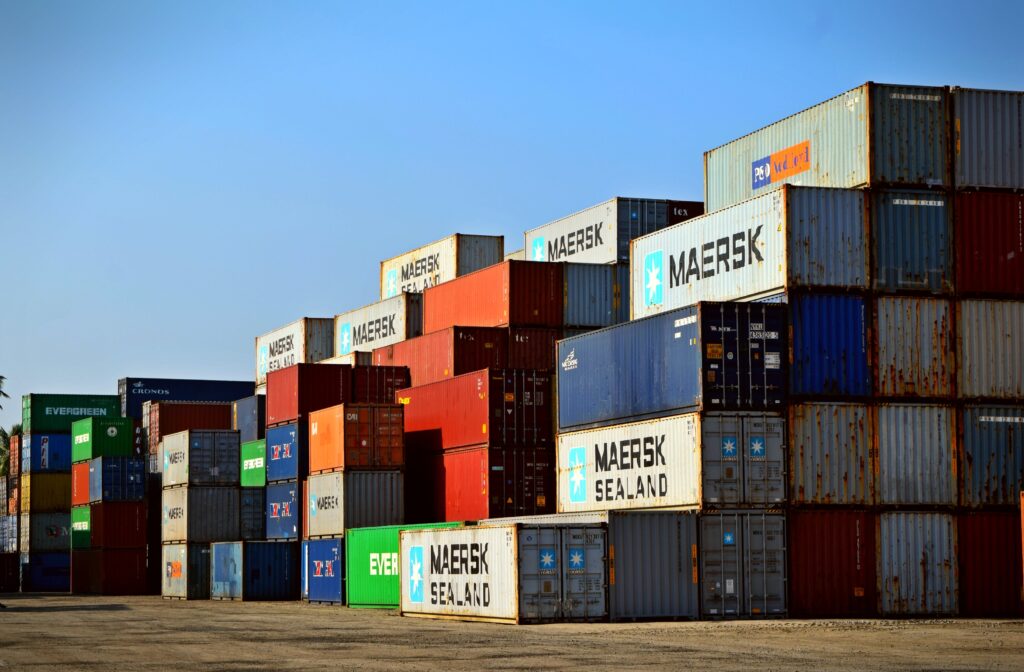
The logistics industry is the unsung hero of global commerce, ensuring the seamless movement of goods from manufacturer to consumer. However, beneath the surface of this intricate web of supply chains lies a myriad of repetitive challenges that companies consistently grapple with.
- Supply Chain Disruptions:
- The logistics industry is highly susceptible to disruptions caused by natural disasters, geopolitical tensions, and unforeseen events (hello, global pandemics!). These disruptions can lead to delays, increased costs, and a ripple effect on the entire supply chain.
- Inefficient Inventory Management:
- Balancing inventory levels to meet demand without overstocking or understocking is a perpetual challenge. Excess inventory ties up capital, while insufficient stock leads to missed sales opportunities and dissatisfied customers.
- Technological Integration Challenges:
- The logistics industry is often slow to embrace technological advancements, leading to operational inefficiencies and missed opportunities for automation and optimization.
- Regulatory Compliance Burdens:
- Navigating a web of international and domestic regulations poses a constant challenge. Non-compliance can result in fines, delays, and damage to a company’s reputation.
- Transportation Costs and Sustainability:
- Fluctuating fuel prices and the environmental impact of transportation are persistent concerns. Balancing cost-effectiveness with sustainability goals is a delicate tightrope walk.
- Talent Shortages and Training Gaps:
- The logistics industry faces a shortage of skilled workers and a widening skills gap due to the increasing complexity of logistics operations.
While the logistics industry is fraught with repetitive challenges, proactive and innovative approaches can transform these hurdles into opportunities for growth and efficiency. By embracing technology, implementing strategic solutions, and staying adaptable in the face of change, companies can navigate the logistical labyrinth and emerge stronger in an ever-evolving marketplace.
